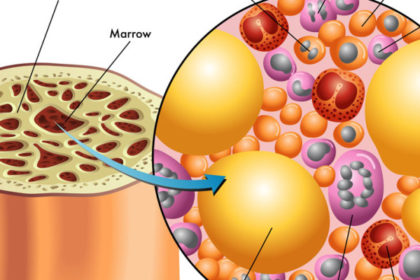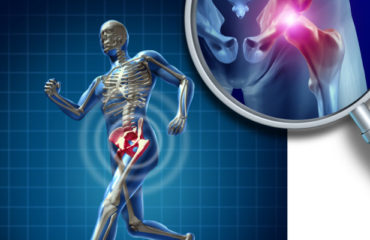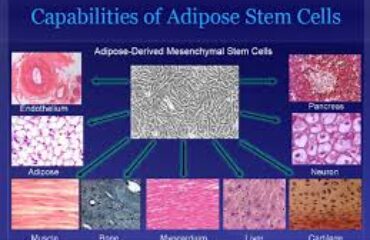
Stanford Researchers Isolate Skeletal Stem Cells That Give Rise to Bones and Cartilage
Cartilage and bone deterioration often result from aging, lifestyle factors, or injuries. Unlike bone tissue, mature cartilage has limited self-healing capabilities. Surgical interventions like joint replacement are costly and carry risks such as rejection and infection [1].
Stanford’s Breakthrough in Tissue Engineering
In January 2015, Stanford University School of Medicine scientists made a significant breakthrough in tissue engineering. They successfully isolated skeletal stem cells (myoblasts) capable of generating bone and cartilage in mice. This achievement included mapping the chemical signals crucial for directing stem cell differentiation [2].
Understanding Skeletal Stem Cells
Stem cells are undifferentiated cells with the ability to develop into specialized cell types, replenishing damaged tissues. While embryonic stem cells (ESCs) are pluripotent and controversial due to ethical concerns, adult stem cells from sources like bone marrow and adipose tissue are promising alternatives. Recent research suggests that adult stem cells may differentiate into diverse cell types beyond their tissue of origin.
Stanford’s Research Insights
Stanford’s study focused on rapidly dividing cells found at the ends of mouse bones. Human skeletal muscle-derived cells transplanted into mice showed remarkable regenerative potential after irradiation and cryoinjury preconditioning. This research not only reconstructed bone tissues but also mapped the developmental trajectory of skeletal stem cells.
Irving Weissman, MD, director of the Stanford Institute for Stem Cell Biology and Regenerative Medicine, anticipates these findings will advance human therapies for cartilage and bone regeneration [3].
Differentiation and Therapeutic Applications
Skeletal stem cells contribute to bone formation, adipocyte production (fat cells), and cartilage regeneration. Their potential therapeutic applications extend to treating muscular conditions like muscular dystrophy, joint disorders such as arthritis, and even autoimmune diseases like rheumatoid arthritis and multiple sclerosis.
Challenges and Future Prospects
Despite promising results, challenges in scaling up cell production remain a barrier to widespread clinical application of skeletal stem cell therapies.
References
- Development and Remodeling of Skeletal Tissue – David King, School of Medicine, Southern Illinois University, 2009
- Researchers Isolate Stem Cell That Gives Rise to Bones, Cartilage in Mice – Christopher Vaughan, Stanford Institute for Stem Cell Biology and Regenerative Medicine, 2015
- Stanford Stem Cell Research
- Genetic Control of Skeletal Development




